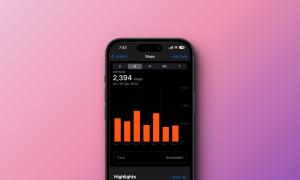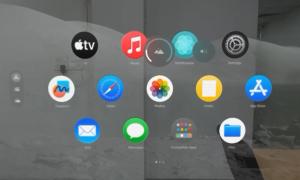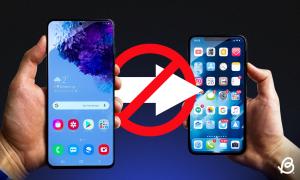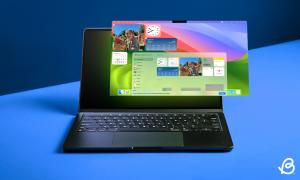- Even in 2024, the Android ecosystem is not as full-fledged as Apple's and remains mostly fractured.
- While fragmentation is a key reason, there are other issues like the state of Google's Pixel lineup or their inability to deliver seamless integration.
- The tedious setup process to get an interconnected experience across devices from multiple brands poses another hurdle.
There is no denying that Apple does get a lot right when it comes to offering a seamless user experience across its lineup of devices. Everything just connects perfectly with each other as if they are an extension of the same product. But that is not the case on the other side of the walled garden. Android has been around for years yet has failed to establish its proper ecosystem. So in this article, I will go over the current state of the Android ecosystem in 2024, what’s wrong with it, and why it’s fractured at the moment.
Fragmentation: Google’s Lacks a Solution
We know that fragmentation is the biggest issue with Android devices. Each manufacturer wants to do their own thing, they have their custom skins and offer their own custom apps and services. This is why we haven’t been able to get timely Android updates let alone have a coherent ecosystem.
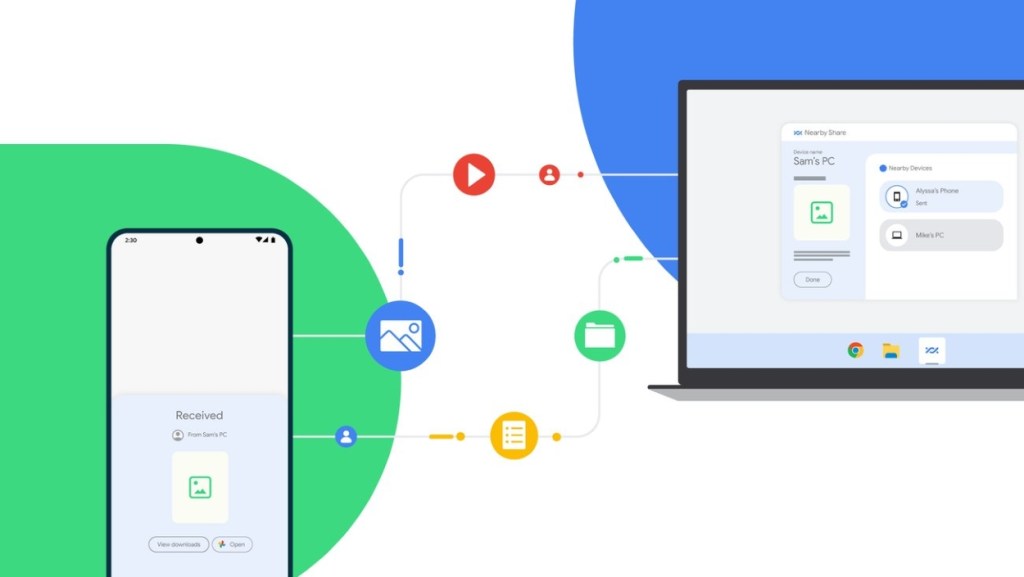
But as a software company, I feel Google still has certain control over its operating system to make things happen no matter how fragmented things are. A good example would be the Quick Share (Windows) app which lets you share files between your phone and PC. Or Google Fast Pair, which detects supported Bluetooth devices and lets you link them with your Google account.
Samsung’s Own Ecosystem Isn’t Good for Android
Most people, when they think of the Android ecosystem, think of Samsung and its Galaxy lineup of products. Galaxy devices talk to each other as they should and work perfectly in a tangent. You can seamlessly switch from one device to another and continue the work you left on the previous device. It is that good.
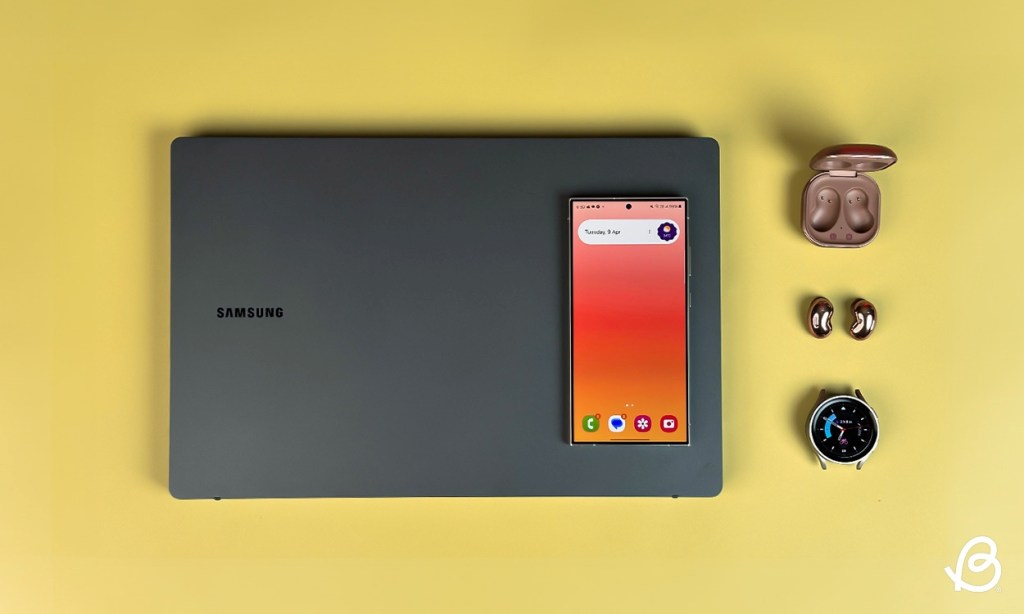
While it may be just shy of perfect, Samsung’s ecosystem offers good competition when compared with Apple’s lineup. The only problem here is that you would have to buy Samsung products and devices only.
While some of their products are the best in the industry, I wouldn’t want to buy myself a pair of Galaxy Buds or a Galaxy laptop when I know better options are available in the market.
Google’s Pixel Devices Still Lack an Integrated Experience
Google’s Pixel lineup is supposed to be the face of Android smartphones, setting the stage for what an Android experience should look like. But, is it successfully doing that? Google revamped its Pixel series with the Pixel 6 and since then we have seen the launch of a Pixel Watch, Pixel Buds, and even a Pixel rablet. That’s good, right? Not really, because the problem is that there are still no visible signs of an integrated experience with these devices.
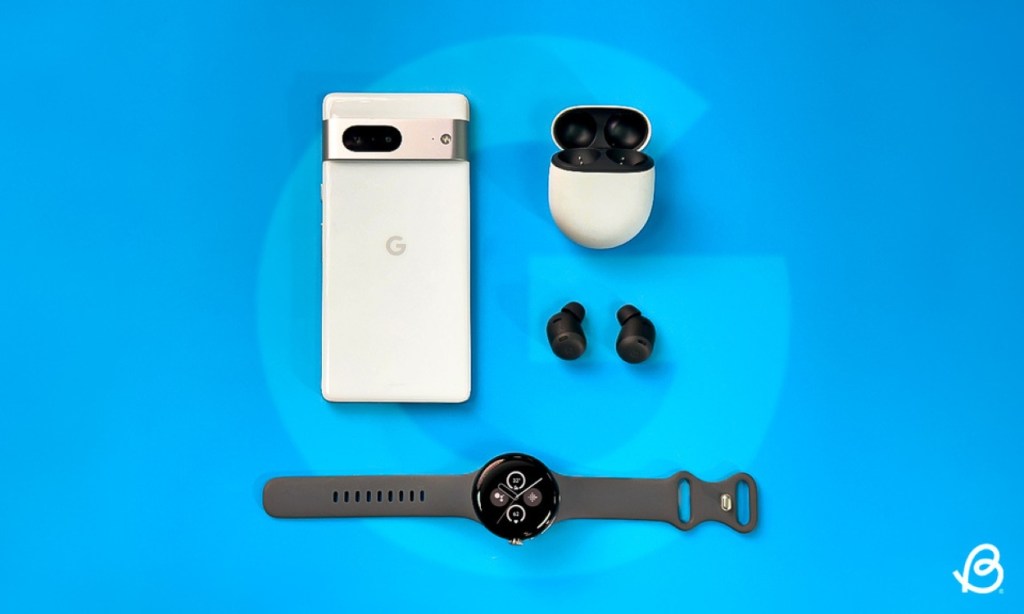
Aside from a few apps, there isn’t much that may make you say that Android’s ecosystem is best on a Pixel phone. The argument of Android fragmentation does not apply to its Pixel devices so this could be a good platform to plant the seeds to grow its garden.
Whether it is walled or open is up to Google. But the least they could do is lay down the groundwork for their products to create an ecosystem. However, it seems like Google has had its hands full trying to take on iMessage with its RCS-powered messaging service and to deliver an AI chatbot.
Setting Up an Ecosystem is a Tedious Process
If you are thinking about biting the bullet and going all Samsung to get that ecosystem experience then wait a second. Even with Samsung, you have to first go through the painstaking process of setting up different apps and services. That is after you have created your Samsung account.
The amount of permissions you then have to give to each of those services, and then accept their Terms and Conditions are enough to give you a panic attack if you care for your privacy. I kind of hesitated to try out some new features as I would have to go through a setup process in the app or download a separate app for the same.
What Needs to Change?
First and foremost, Google must figure out how to integrate at least its Pixel devices. It could offer some exclusive perks, and focus on providing an interconnected experience across its products. The company could also partner with other manufacturers to establish an ecosystem no matter which device you have.
It can come up with a universal app like Google Home or Find My Device that’s pre-loaded on Android devices. The app should make it easy to pair devices across Android and control all their functionalities and services. And lastly, there should be fewer steps for setup going forward.
Is There a Future to Look Out For?
In its current state, you might want to stray away from Android and the promise of an ecosystem that brands advertise. But if brands work on solving the issues I’ve mentioned and collaborate on services together then we might have a chance at a decent ecosystem on Android.
But it’s a long shot that all of this might happen. Google is busy establishing its Pixel devices and other brands have their priorities. What are your thoughts about the current state of the Android ecosystem in 2024 and what changes would you want to see? Tell us in the comments below.















